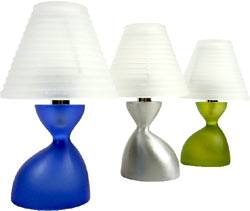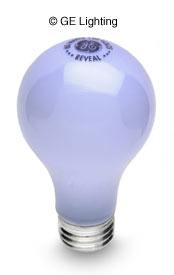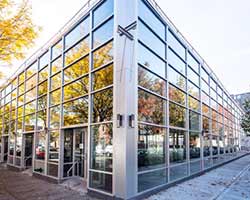
Many times good interior design counts on a certain kind of sleight-of-hand: The very best job is the one you don't notice, because it doesn't call attention to itself.
Good lighting, in a home or business, is one of those things that's invisible - if it's done well. You only notice the lighting of a room if it's too bright or too dim, not if it's just right. Our goal in offering this series of articles on Lighting is to give you some concrete advice on how to light a room so effectively that no one notices whether you're using florescent or incandescent lights, track lighting or standing lamps. They'll notice only that the room feels comfortable, and that they want to come back again.
So far in this series, we've seen that the first things to consider when lighting a room are based in the NYIAD Guidelines to Interior Design: function, mood, and harmony.
You want to think about the functions of the lighting, the mood you want to create, and how the lighting fixtures will harmonize with the rest of the room's decor.
Next, let's look at the types of lamps.

First, in talking about "types of lamps" we're not talking that thing sitting on your desk or standing behind your easy chair. What you and I call a "lamp," meaning a table lamp, or a chandelier, or a floor lamp, is referred to in the world of interior design as a "fixture," and the word "lamp" is used to refer to the bulb.
There are two basic types of lamps — incandescent and fluorescent. Each has particular advantages and disadvantages.
Incandescent lamps are the ones that you're most accustomed to seeing used in residential lighting, and yet they have really only one major advantage over fluorescent lamps: the light they produce has a warm cast that is soft, natural, and flattering to skin tones.
NYIAD Tip
Incandescent lamps have many disadvantages, compared to fluorescent lamps: they are hotter, burn out faster, and use much more electricity for the same brightness. But the advantage of providing a softer light makes them the most popular choice for home lighting.
Imagine trying to create a romantic dining situation in the harsh fluorescent lighting you'd find in an office, and you'll get the picture right away of just how important it is to forego the benefits of fluorescent lamps when you're planning the lighting in a home.







